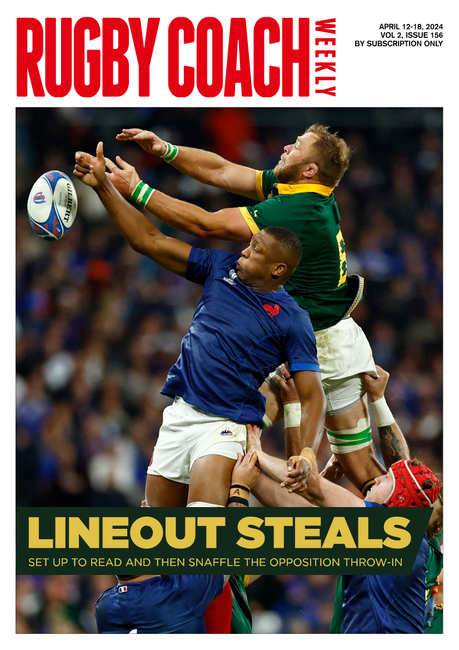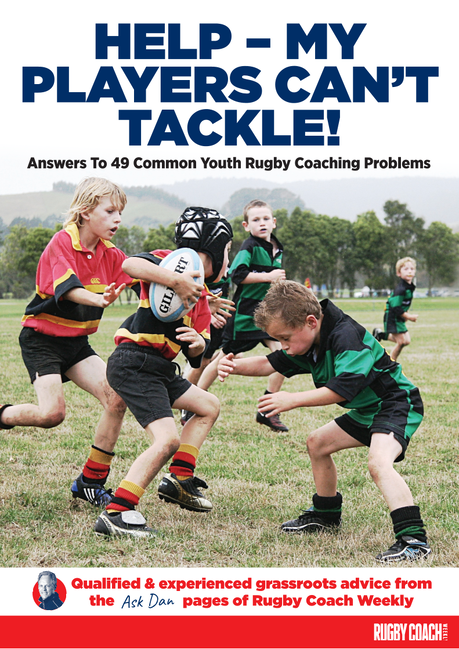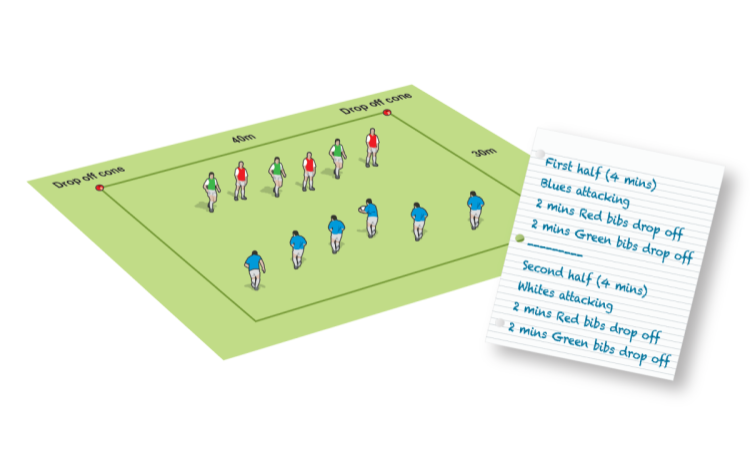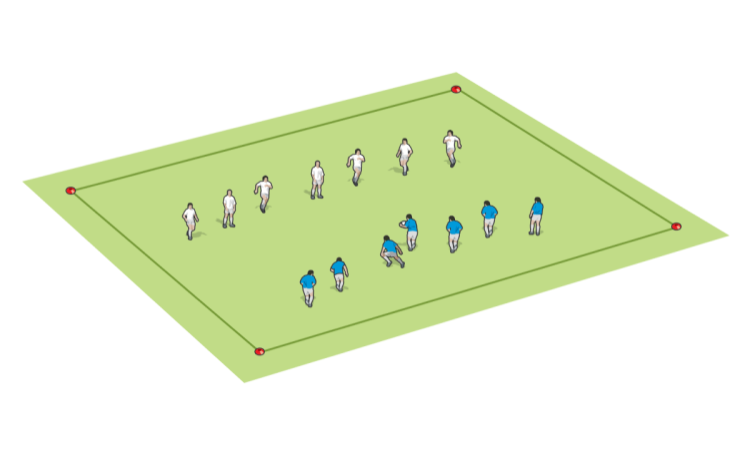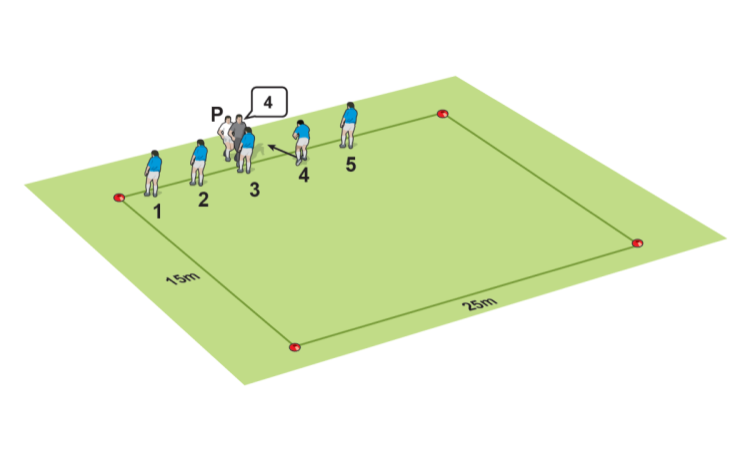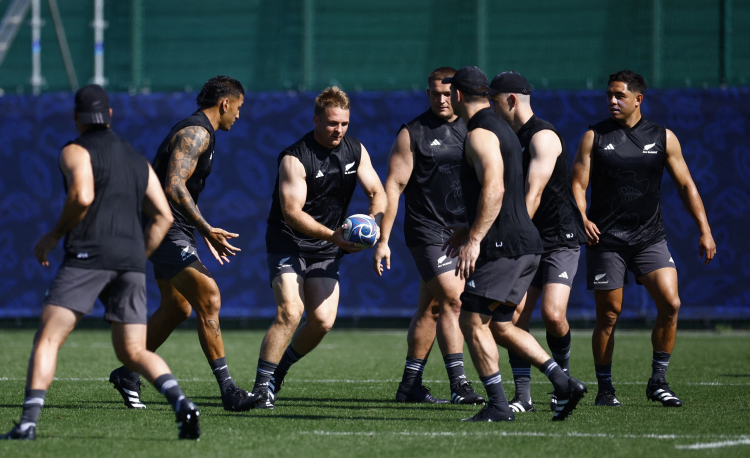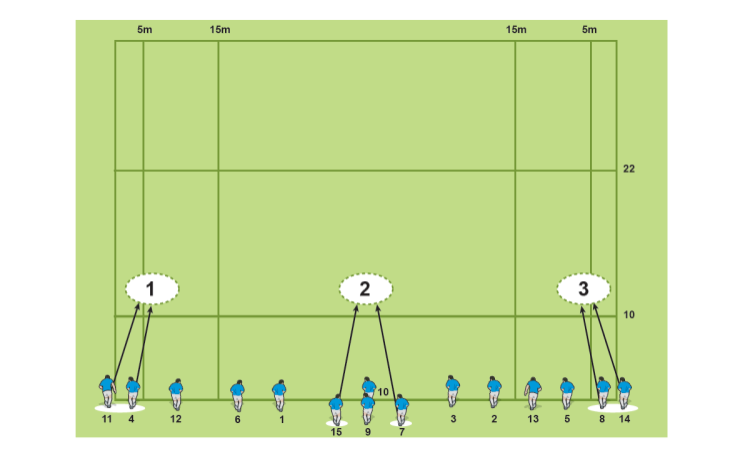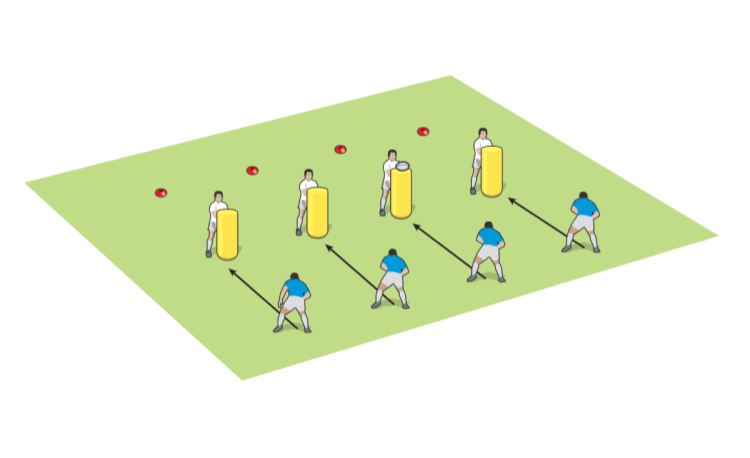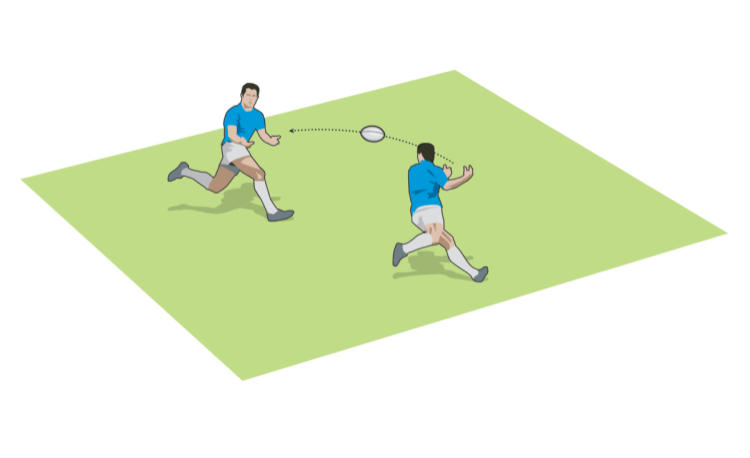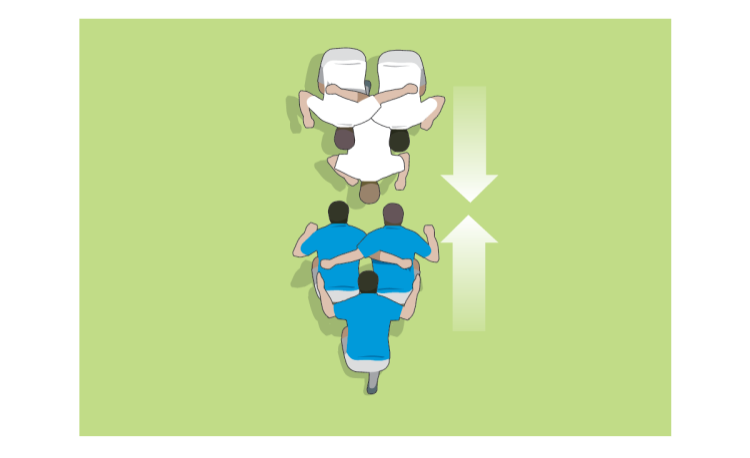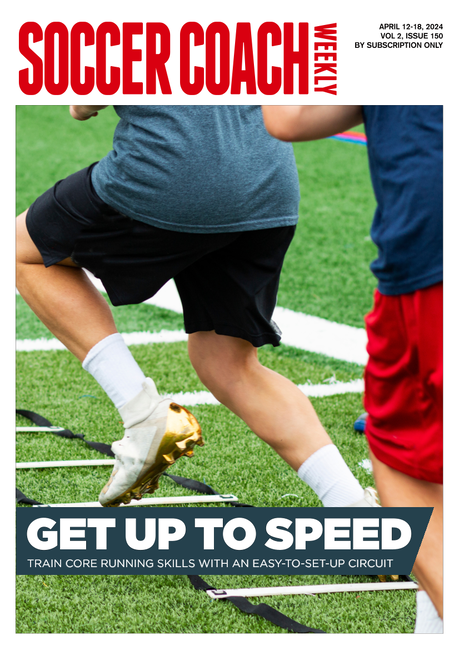You are viewing
1 of your 2 free articles
ABvC training game to create a strong dominant tackle system
Small-Sided Gamesby Dan Cottrell

Create a heads-up defensive system where the players are far more aware of the situation in front of them. That means they know if they can commit to a dominant tackle, or have to hold their position to ensure the attacking team can't exploit gaps.
The ABvC training game works on just that.
- Split into three teams, A, B and C. A and B play C.
- Play touch rugby in a smaller than normal area. Always start by throwing the ball behind the attacking team.
- If the ball carrier is touched, unless they are in the act of passing, they have to go to ground and present the ball. The next attacking player must form a ruck. No defending players need to join this ruck.
- The next attacker can run or pass. You can change this rule to the next attacker must pass.
- If a player on the C team (defenders) can make a certain defensive play (like two players touch the ball carrier at the same time), then C team join the attacking team, and the letter team who had just “failed” become the defending team.
- Failed means that ball carrier was forced in the "dominant" play mistake, like being double tackled.
- Other defensive plays: Force a poor pass, a receiver is standing still, dropped ball, a poor technique.
- Once the players are familiar with the game, you can make it a tackle game.
POSSIBLE OUTCOMES
Problem solving, team work, different attacking and defensive pictures, skill/technique exposure.
As a coach, just referee! Your only "tactical" call will be on whether the defensive play to create a turnover has been executed.
OBSERVATIONS
In a 10 v 5 game, if the attacking team don't score from the first phase, then it becomes a 8 v 5 game after every "touch". The defending team have to realign quickly and then decide whether to go for a dominant play, or hold off. It's risk and reward. If they take too many risks when they aren't well-positioned, they are going to find themselves defending for a long time!
Having played this with teams ranging from a good U18s school side, down to U12s, the attacking teams tend to be the ones who struggle most at the start. Then they "get it". You can guess this yourself: the space is on the edges of the defence, so a couple of quick passes from a quick ruck should give them more chances to exploit the defence.
Because the attacking groups are "turning over" their personnel regularly, the clever defenders are now becoming the attackers, so there's plenty of opportunities for players to share their expertise.
Premium Books
Newsletter Sign Up
Coaches Testimonials

Gerald Kearney, Downtown Las Vegas Soccer Club

Paul Butler, Florida, USA

Rick Shields, Springboro, USA

Tony Green, Pierrefonds Titans, Quebec, Canada
Subscribe Today
Be a more effective, more successful rugby coach
In a recent survey 89% of subscribers said Rugby Coach Weekly makes them more confident, 91% said Rugby Coach Weekly makes them a more effective coach and 93% said Rugby Coach Weekly makes them more inspired.
Get Weekly Inspiration
All the latest techniques and approaches
Rugby Coach Weekly offers proven and easy to use rugby drills, coaching sessions, practice plans, small-sided games, warm-ups, training tips and advice.
We've been at the cutting edge of rugby coaching since we launched in 2005, creating resources for the grassroots youth coach, following best practice from around the world and insights from the professional game.


